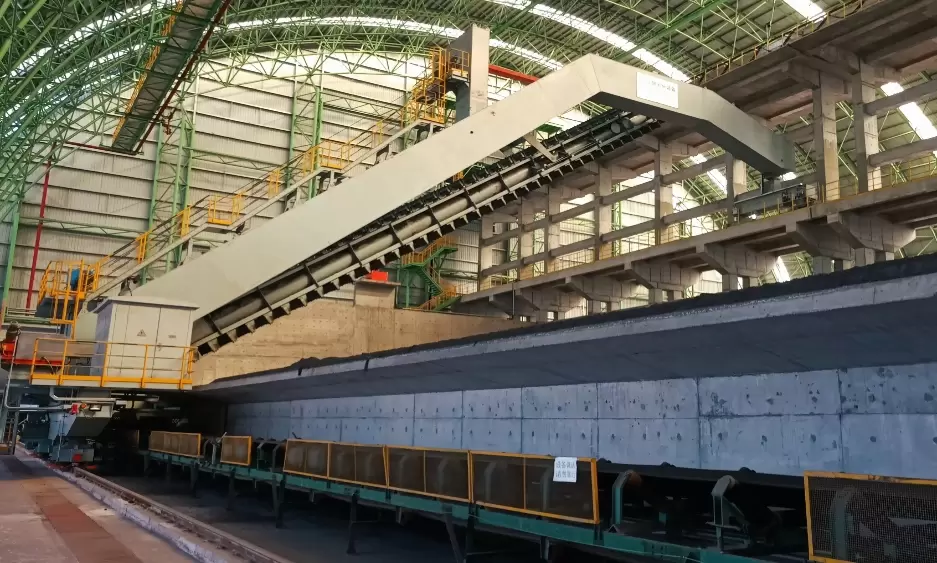Graphite vs. Natural Graphite: Unveiling the Key Differences and Applications
Graphite is a versatile and crucial material used in a variety of industries, from batteries and lubricants to advanced electronics and industrial processes. However, not all graphite is created equal, and understanding the distinctions between synthetic graphite and natural graphite is essential for selecting the right material for specific applications. This article explores the differences between graphite and natural graphite, examining their properties, production methods, applications, and implications for various industries.
- Graphite Overview 1.1 What is Graphite?
Graphite is a crystalline form of carbon where atoms are arranged in a hexagonal lattice. This arrangement gives graphite its unique properties, including high electrical conductivity, lubricity, and thermal stability. Graphite can be categorized into two main types: synthetic and natural.
- Synthetic Graphite 2.1 Production Process
- Manufacturing: Synthetic graphite is produced through high-temperature processes, primarily involving the heating of petroleum coke or pitch coke in an electric arc furnace. The raw material undergoes graphitization, a process that converts the carbon in these materials into crystalline graphite.
- Purity and Control: The production of synthetic graphite allows for precise control over its purity and physical properties, resulting in a material that can be engineered to meet specific requirements. 2.2 Properties
- Customizability: Synthetic graphite can be tailored to exhibit specific characteristics such as particle size, density, and electrical conductivity, making it highly suitable for specialized applications.
- Consistency: Due to its controlled production environment, synthetic graphite typically has uniform quality and performance characteristics. 2.3 Applications
- Electrodes: Used extensively in electric arc furnaces for steel production and in batteries, where high purity and performance are crucial.
- High-Performance Materials: Employed in applications requiring high thermal and electrical conductivity, such as in electronics, advanced materials, and aerospace components.
- Natural Graphite 3.1 Occurrence and Extraction
- Sources: Natural graphite is mined from the earth and occurs in several forms: flake, amorphous, and lump. These forms differ in their crystalline structure and properties.
- Extraction Methods: Mining techniques for natural graphite include open-pit and underground mining, with subsequent processing to purify and concentrate the graphite. 3.2 Properties
- Variability: The properties of natural graphite can vary significantly depending on its source and the specific type of graphite. Flake graphite, for example, is known for its high purity and is used in high-performance applications, while amorphous graphite has a lower purity and is used in more general applications.
- Natural Impurities: Natural graphite may contain various impurities, which can affect its performance and suitability for certain applications. 3.3 Applications
- Lubricants: Natural graphite’s lubricating properties are used in greases, powders, and dry lubricants, where its natural variability is less of a concern.
- Battery Anodes: Used in batteries, especially in applications where the unique properties of natural graphite provide specific benefits.
- Refractory Materials: Employed in high-temperature processes due to its thermal stability and resistance to heat.
- Comparative Analysis 4.1 Quality and Consistency
- Synthetic Graphite: Offers a high level of consistency and purity, which is crucial for applications requiring precise performance standards. The ability to control production parameters ensures that synthetic graphite can meet specific industry standards and requirements.
- Natural Graphite: While natural graphite can vary in quality and purity, it provides a cost-effective option for applications where such variations do not significantly impact performance. 4.2 Cost and Availability
- Synthetic Graphite: Generally more expensive due to the complex production process and high-energy requirements. However, its customizable properties can justify the cost in high-tech applications.
- Natural Graphite: Typically less expensive due to more straightforward extraction processes. Its availability and cost-effectiveness make it suitable for a broader range of applications. 4.3 Environmental Impact
- Synthetic Graphite: The production of synthetic graphite involves significant energy consumption and carbon emissions. Advances in production technology aim to mitigate environmental impacts, but these concerns remain relevant.
- Natural Graphite: Mining natural graphite can also have environmental consequences, including habitat disruption and land degradation. Sustainable mining practices and recycling efforts are essential to minimizing these impacts.
- Future Trends and Developments 5.1 Innovations in Synthetic Graphite
- Enhanced Materials: Ongoing research focuses on developing advanced synthetic graphite materials with improved performance characteristics for emerging technologies such as next-generation batteries and high-performance electronics.
- Sustainability: Efforts to reduce the environmental impact of synthetic graphite production are a key area of development, including energy-efficient processes and the use of renewable energy sources. 5.2 Advancements in Natural Graphite
- High-Value Applications: Advances in processing and purification technologies are expanding the range of high-value applications for natural graphite, including advanced battery technologies and high-performance materials.
- Recycling: Increasing focus on recycling natural graphite from used products, such as batteries, to enhance sustainability and reduce the reliance on new mining.
- Conclusion
The distinction between synthetic graphite and natural graphite lies in their production methods, properties, and applications. Synthetic graphite offers high purity and customization, making it ideal for specialized industrial and technological applications. In contrast, natural graphite provides a more cost-effective option with varying properties suited to different uses.


